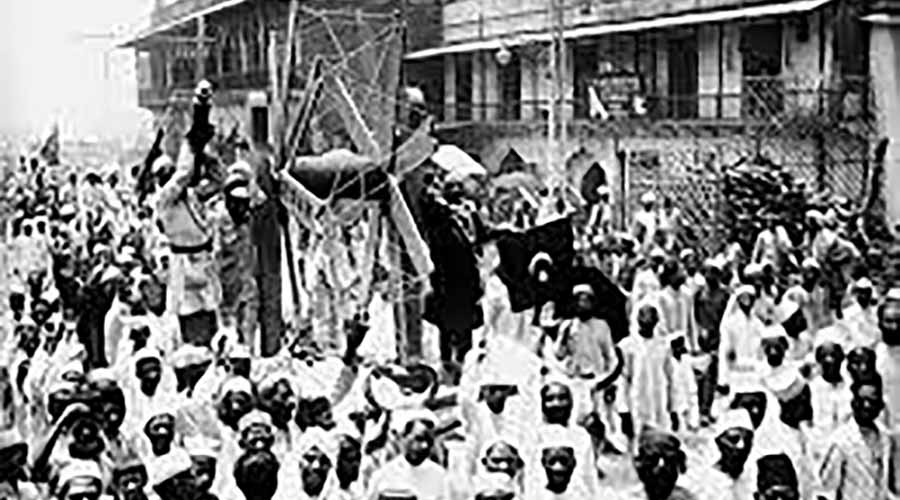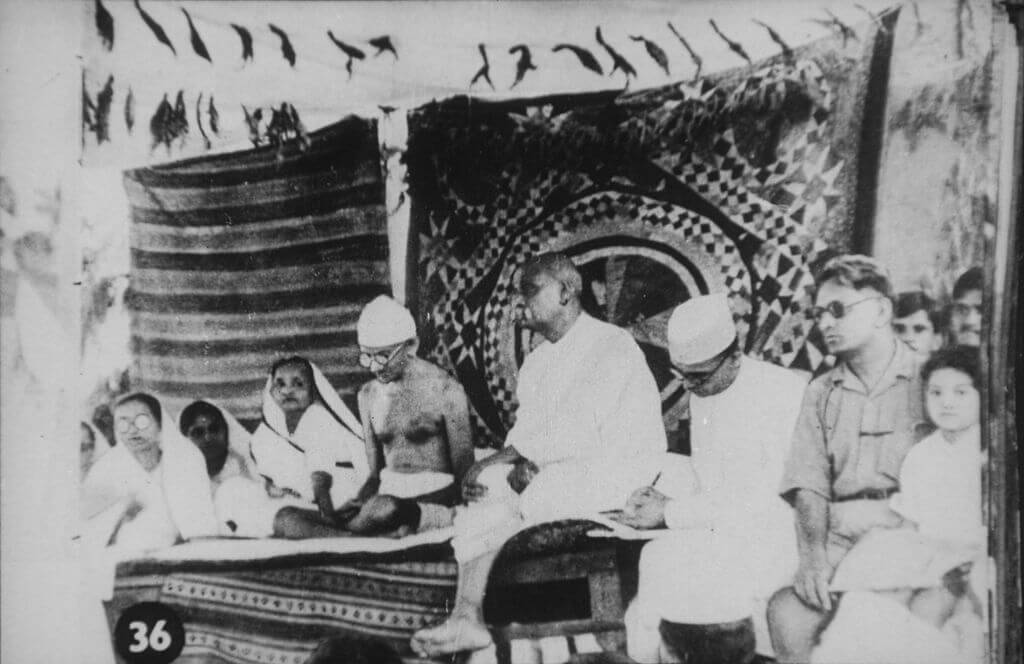Updated February 14, 2023
About Kheda Satyagraha
Mahatma Gandhi led the first non-cooperative movement, the Kheda Satyagraha. This movement was between the British government and the Patidar workers against a 23 percent tax increase. The Kheda Satyagraha took place in Gujarat. The peasant-Patidar community was the main focus of the Kheda Satyagraha.
After the Ahmedabad mill strike and the Champaran Satyagraha, this was the third significant satyagraha movement. The Kheda Satyagraha had Gandhiji as its moral compass. The foundation was laid by local lawyers, Sardar Vallabhbhai Patel and others.
(Image Credit: ncert.nic.in)
Background of Kheda
- Kheda was also known as Kaira. Between the cities of Ahmedabad and Baroda is the Kheda district.
- The Sabarmati and Mahi rivers meet in this area of black soil. The main crops in this area are rice, wheat, cotton, and tobacco. During the monsoon season, the northern part of Kheda becomes marshy and impossible to cultivate.
- Under British colonial rule, Kheda rose to prominence. Most of the peasants in this area depend on the monsoon for their agriculture.
Causes of Kheda Satyagraha
- In 1917, Kheda had a period of intense rainfall. As a result, Kheda is unable to cultivate crops on marshy land.
- In 1917–18, the Bombay presidency raised taxes by 23%.
- The aftermath of Chappania Akal in 1899–1900 was still having an impact on the area.
- In 1918, the plague spread rapidly throughout Gujarat, killing many people from Kheda. Cholera also spread further.
Even though there were terrible crop failures and outbreaks of plague and cholera, a 23% tax increase was still imposed on them. The people were suffering from poverty; therefore, that situation was unacceptable.
Features of Kheda Satyagraha
- The peasants approached local authorities, district officials, and bombay legislative councilors. Then the issue became severe and went to Gandhiji.
- Vallabhbhai Patel and other local leaders visited villages in the Kheda district. They concluded that the farmers of Kheda’s request to postpone paying property taxes were valid.
- Because of this, the farmers of Kheda signed a petition asking that the tax for that year to canceled.
- However, the Bombay government refused to accept the charter. The government threatened the peasants with imprisonment and expropriation of their lands and property if they failed to pay. Surprisingly, none of the villages shook.
- Gandhiji took note of questions raised by public bodies like Vallabhbhai Patel and took offense at the woes of the Kheda peasants.
- On March 22, 1918, Gandhiji started the Kheda Satyagraha movement in Nadiad. He gave Vallabhbhai Patel the responsibility of overseeing the Kheda movement.
(Image Credit: timesnownews.com)
- Sardar Vallabhbhai Patel and his companions, including Ravi Shankar Vyas, Mohanlal Pandya, and Narhari Parikh, organized the prime protest against taxes that mobilized the people of Kheda.
- The Gujarat Sabha was in charge of planning this revolt. Vallabhbhai Patel was the Gujarat Sabha’s secretary and was entirely committed to the Kheda movement. He traveled to all of the villages in the Kheda district with Narahari Parikh, Indulal Yagnik, Mohanlal Pandya, and other leaders to listen to the complaints of the Kheda peasants.
- They instilled moral courage in them so they would refuse to pay land taxes. Nonviolent and Satyagraha principles are at the core of the Kheda movement.
Effect of Kheda Satyagraha
- The British government, which was keeping a close eye on this movement, tasked police and revenue staff with managing the situation in various ways.
- It includes issuing notices, imposing new fines, seizing property, and taking away livestock, farmlands, and other resources.
- The farmers didn’t fight against being taken into custody or use violence to fight back. Instead, they donate money and other valuables to the Gujarat Sabha.
- Therefore, the British government came to a deal with Vallabhbhai Patel and the local landowners in Kheda to suspend the land tax for the current year and the next.
- The land tax was levied only on those who could pay it. Additionally, everyone cooperated to give the rightful owners of the seized land their property back.
Final Thoughts
The Kheda Movement finally achieved its goal. In terms of organization and cohesion, the revolt was astonishing. People became more conscious of political leadership. They recognized the value of freedom. As a result, it gave Gandhian movements a clear road map for the upcoming struggle for the Independence of India.
Recommended Articles
We hope that this EDUCBA information on “Kheda Satyagraha” was beneficial to you. You can view EDUCBA’s recommended articles for more information,



